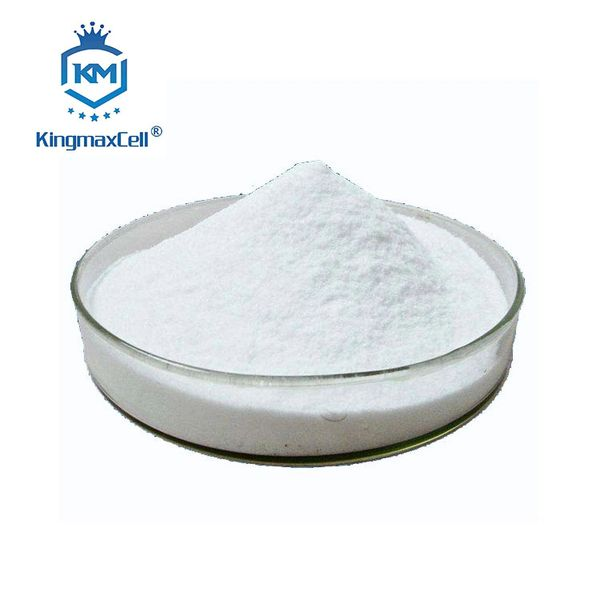The pharmaceutical industry faces increasing pressure to adopt sustainable practices, both from regulatory bodies and consumers. Hydroxypropyl Methylcellulose (HPMC) derivatives have emerged as key ingredients in promoting sustainability due to their multifunctional properties, biocompatibility, and eco-friendly production processes. These derivatives play a critical role in enhancing the efficiency, safety, and environmental footprint of pharmaceutical manufacturing, while also supporting advancements in drug delivery and formulation.
Key Ways HPMC Derivatives Improve Sustainability in Pharmaceuticals
- Biodegradability and Eco-Friendliness
- Role: HPMC is derived from cellulose, a naturally occurring polymer found in plants. This makes HPMC derivatives biodegradable and environmentally friendly compared to synthetic alternatives.
- Sustainability Impact: Since HPMC is biodegradable, it reduces the environmental impact of pharmaceutical products, especially in terms of waste management and disposal. By using HPMC derivatives, pharmaceutical manufacturers can create formulations that break down naturally, minimizing pollution and contributing to circular economy principles.
- Solvent-Free Manufacturing
- Role: One of the significant advantages of HPMC derivatives is that they can be processed without the use of harsh organic solvents. They dissolve in water and are easily incorporated into various formulations.
- Sustainability Impact: Solvent-free manufacturing reduces the release of volatile organic compounds (VOCs) and hazardous air pollutants (HAPs) into the environment, making pharmaceutical production cleaner and safer. This also reduces the energy consumption associated with solvent recovery and disposal, contributing to overall sustainability goals.
- Improved Efficiency in Drug Delivery
- Role: HPMC derivatives are widely used as controlled-release agents in oral drug formulations. They help modulate the release profile of active ingredients, ensuring prolonged and consistent drug delivery.
- Sustainability Impact: By improving the efficiency of drug delivery systems, HPMC derivatives allow for lower dosages and fewer administrations, reducing resource consumption in drug manufacturing and distribution. This efficiency also leads to fewer side effects and better patient adherence, promoting more effective treatments.
- Reduction in Energy Consumption
- Role: HPMC derivatives exhibit excellent thermal stability and processability. They can be used in formulations that require less energy for production, such as direct compression in tablet manufacturing.
- Sustainability Impact: Reducing energy consumption during the manufacturing process directly supports sustainability goals by lowering the carbon footprint of pharmaceutical production. The use of HPMC derivatives in energy-efficient processes contributes to greener, more sustainable operations.
- Water Solubility and Reduced Environmental Impact
- Role: HPMC derivatives are highly soluble in water, making them easier to use in aqueous formulations. This eliminates the need for harmful organic solvents and reduces the environmental impact of wastewater treatment.
- Sustainability Impact: The water solubility of HPMC derivatives contributes to cleaner production processes with reduced emissions of hazardous chemicals. This not only lowers the environmental footprint of pharmaceutical plants but also improves workplace safety by reducing exposure to harmful substances.
- Green Chemistry Principles
- Role: HPMC derivatives align with green chemistry principles, as they are derived from renewable plant sources and produced through processes that minimize waste and harmful by-products.
- Sustainability Impact: Using renewable materials and processes that reduce waste, emissions, and toxicity aligns with the goals of green chemistry. HPMC derivatives contribute to a more sustainable pharmaceutical industry by reducing reliance on non-renewable resources and hazardous chemicals.
- Reduction in Excipients and Packaging
- Role: The multifunctionality of HPMC derivatives allows them to serve multiple roles in drug formulations, such as acting as binders, controlled-release agents, and film formers. This versatility reduces the need for multiple excipients in drug formulations.
- Sustainability Impact: Fewer excipients mean smaller, more efficient formulations, which leads to reduced material use in both the manufacturing process and product packaging. This helps cut down on the overall waste generated by pharmaceutical products, contributing to resource conservation and sustainability.
Applications of HPMC Derivatives in Sustainable Pharmaceuticals
- Controlled-Release Tablets
- Application: HPMC derivatives are used to create controlled-release formulations that release active ingredients over an extended period.
- Sustainability Impact: By reducing the frequency of dosing, these formulations improve patient compliance and reduce the overall amount of raw materials needed to produce medication, supporting sustainability.
- Capsules and Gelatin Replacements
- Application: HPMC derivatives are increasingly used as a plant-based alternative to gelatin in capsule production.
- Sustainability Impact: As a plant-derived, vegan option, HPMC capsules contribute to animal welfare and meet the growing demand for plant-based pharmaceuticals, enhancing sustainability in capsule production.
- Topical and Transdermal Applications
- Application: HPMC derivatives are used in creams, gels, and transdermal patches for their film-forming and water-binding properties.
- Sustainability Impact: These products provide efficient delivery of active ingredients with minimal waste and environmental impact, especially when compared to solvent-based or synthetic alternatives.
- Oral Thin Films and Fast-Dissolving Strips
- Application: HPMC derivatives are used in oral films and strips that dissolve quickly in the mouth, offering an alternative to traditional tablets and capsules.
- Sustainability Impact: These formats use fewer raw materials, require less energy for manufacturing, and result in less packaging waste, making them a more sustainable option.


